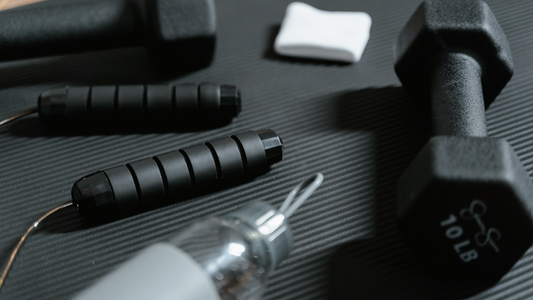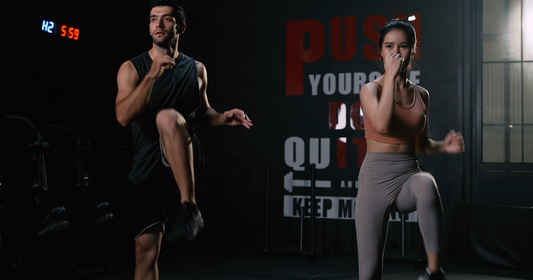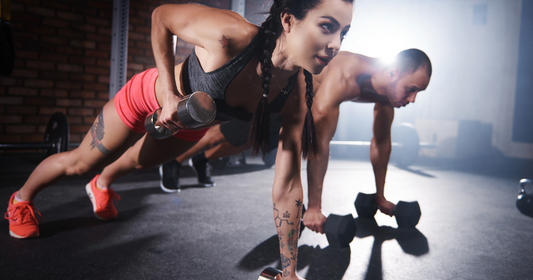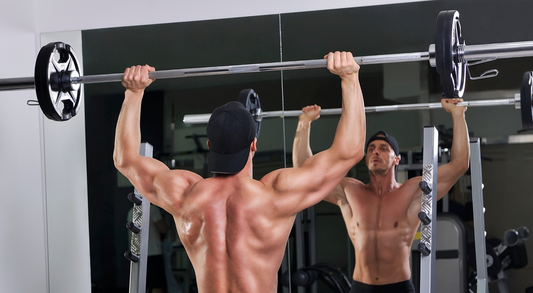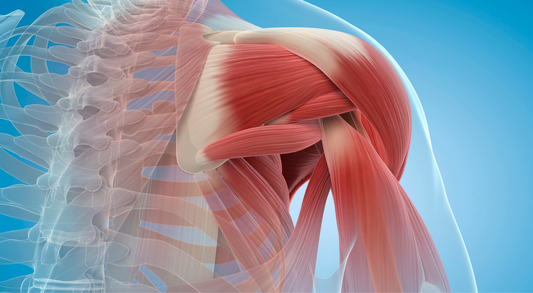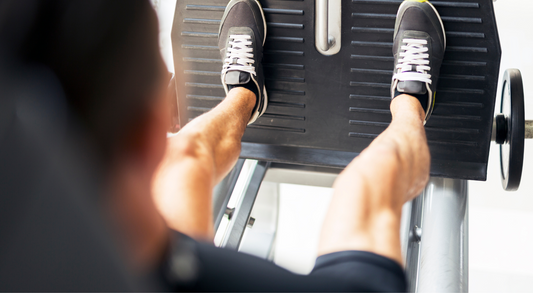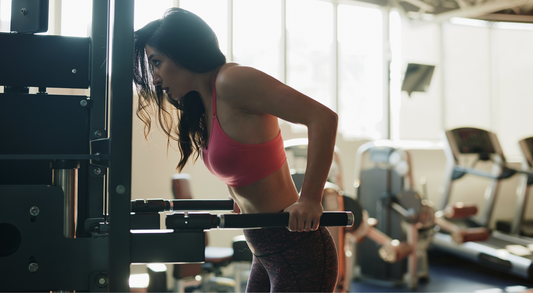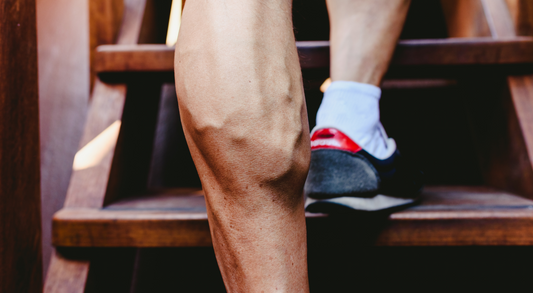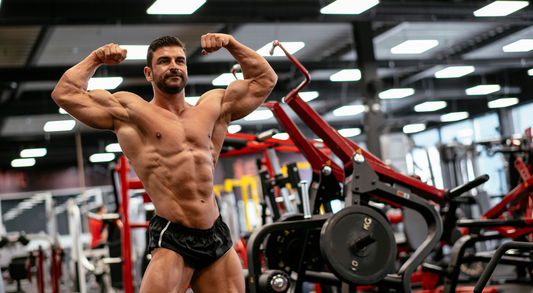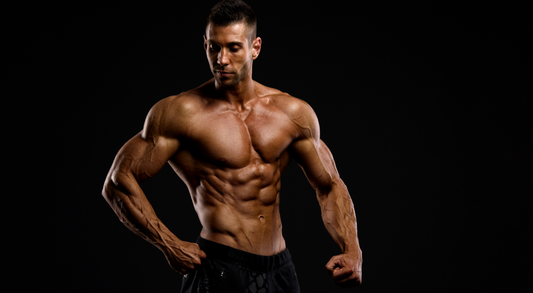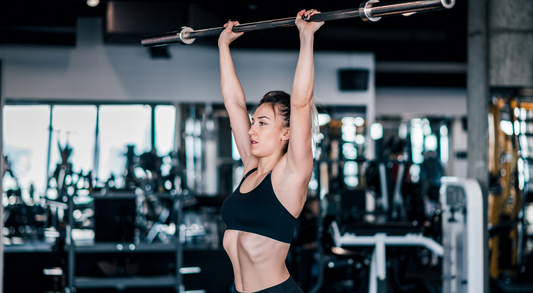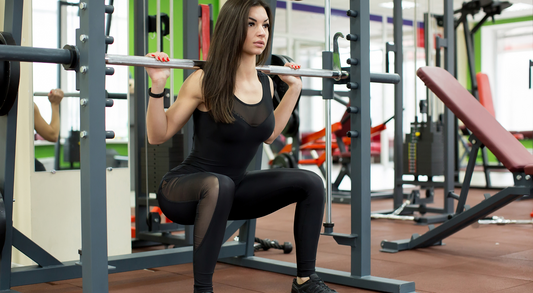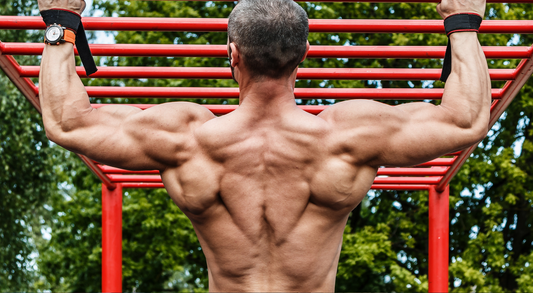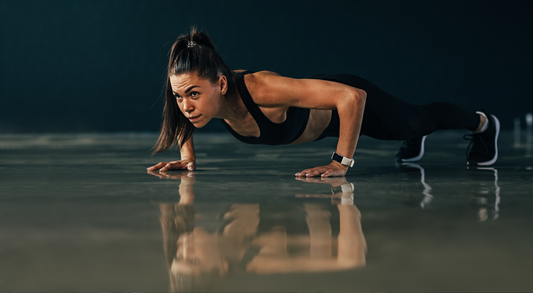One of the fundamental movements in strength training, the front squat, offers myriad benefits when executed correctly. For individuals, especially those supplementing their fitness journey, understanding the intricacies of front squat form can be the difference between maximizing gains and risking injury. Let's delve into the critical aspects of achieving a flawless front squat and how to harness its potential fully.
The Unique Anatomy of the Front Squat
The front squat stands out from other squat variations due to the placement of the barbell on the anterior deltoids, just below the throat. This position demands an upright torso throughout the movement, intensively activating the quadriceps and requiring significant core stabilization. The unique biomechanics of the front squat form make it not just an excellent muscle-builder but also a diagnostic tool to identify mobility and stability issues.
Setting the Stage: Establishing Your Starting Position
Correct front squat form begins even before the descent. Approach the barbell, ensuring it's set at roughly chest height on the squat rack. Grip selection plays a pivotal role. The most common grips are the clean grip, with fingers under the bar and elbows pointed forward and up, and the cross-arm grip, where arms are crossed over the chest to hold the bar. The chosen grip should allow for a comfortable bar position on the deltoids without undue pressure on the throat.
Once the grip is secured and the bar is comfortably resting on the shoulders, ensure feet placement is shoulder-width apart. The toes can point straight ahead or slightly outward, depending on individual comfort and mobility.
The Descent and Ascent: Executing the Front Squat
Breathing is foundational. With a barbell correctly placed, take a deep breath in, holding it to create intra-abdominal pressure which assists in protecting the spine. Begin the squatting motion by simultaneously pushing the hips back and bending the knees. The weight should be distributed towards the heels, ensuring stability.
Maintaining an upright torso is the cornerstone of impeccable front squat form. As you lower yourself, keep those elbows pointing up and forward. Ideally, at the bottom of the squat, the thighs should be parallel to the ground, or deeper if mobility permits.
The ascent is all about power. Driving through the heels and engaging the quads, glutes, and core, lift yourself to the starting position. The spine should remain neutral, and the chest lifted throughout. Exhaling at the top of the movement can aid in maintaining stability.
Tips and Tweaks: Refining the Front Squat Form
Despite the seeming simplicity of the movement, subtle errors can creep into the front squat form. A common issue is the dropping of the elbows during the descent, leading to a forward lean and undue stress on the lumbar spine. Practicing thoracic extensions and improving wrist flexibility can be beneficial in this regard.
A strong core is non-negotiable for maintaining an upright torso. If you're supplementing your fitness journey, consider products that support muscle endurance and strength. They can assist in building a robust core, instrumental for an impeccable front squat form.
The front squat, a jewel in the crown of strength training exercises, requires meticulous attention to form for optimal benefits. For those immersed in the world of fitness supplements, coupling nutritional support with impeccable technique can lead to enhanced results.






